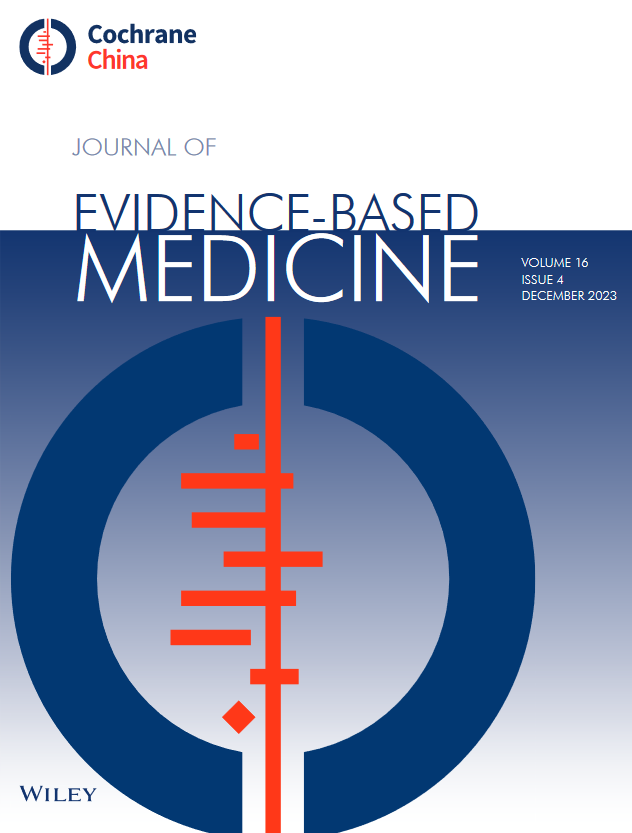Developing and Externally Validating the Multivariable Prediction Model for White-Coat Hypertension
Abstract
Aim
The white-coat hypertension (WCH) detection by monitoring the out-of-office blood pressure (BP) consumes resources and time. This study aimed at developing the prediction model based on patients’ characteristics obtained from clinical data.
Methods
Individuals who participated in two large hospitals health check-up examination were screened. Participants with twice readings of elevated office blood pressure in different visits, while no history of hypertension were included. Combination with home blood pressure monitoring, participants were defined as having WCH or sustained hypertension (SH), respectively. Independent predictors were found by employing multivariate logistic regression on training set. A nomogram was built using independent predictors.
Results
In total, 383 outpatients with elevated office blood pressure were enrolled. Two hundred and thirty-three of them from one hospital were included for the development of the prediction model (training sets), and 150 patients from another independent study site were included for external validation (external validation sets). We identified six predictors including office systolic blood pressure, body mass index, sex, total cholesterol, homocysteine, and heart rate being linked to WCH diagnosis. Area under receiver operating characteristic curve (AUC) for the model was 0.792 and 0.692 regarding training and external validation sets, respectively. The calibration curve and decision curve analyses further demonstrated that the model had good performance for distinguishing WCH from SH.
Conclusions
This prediction model can help clinicians to identify WCH individuals from those with SH, providing an effective tool for guiding personalized recommendations of abnormal blood pressure management.


 求助内容:
求助内容: 应助结果提醒方式:
应助结果提醒方式:


